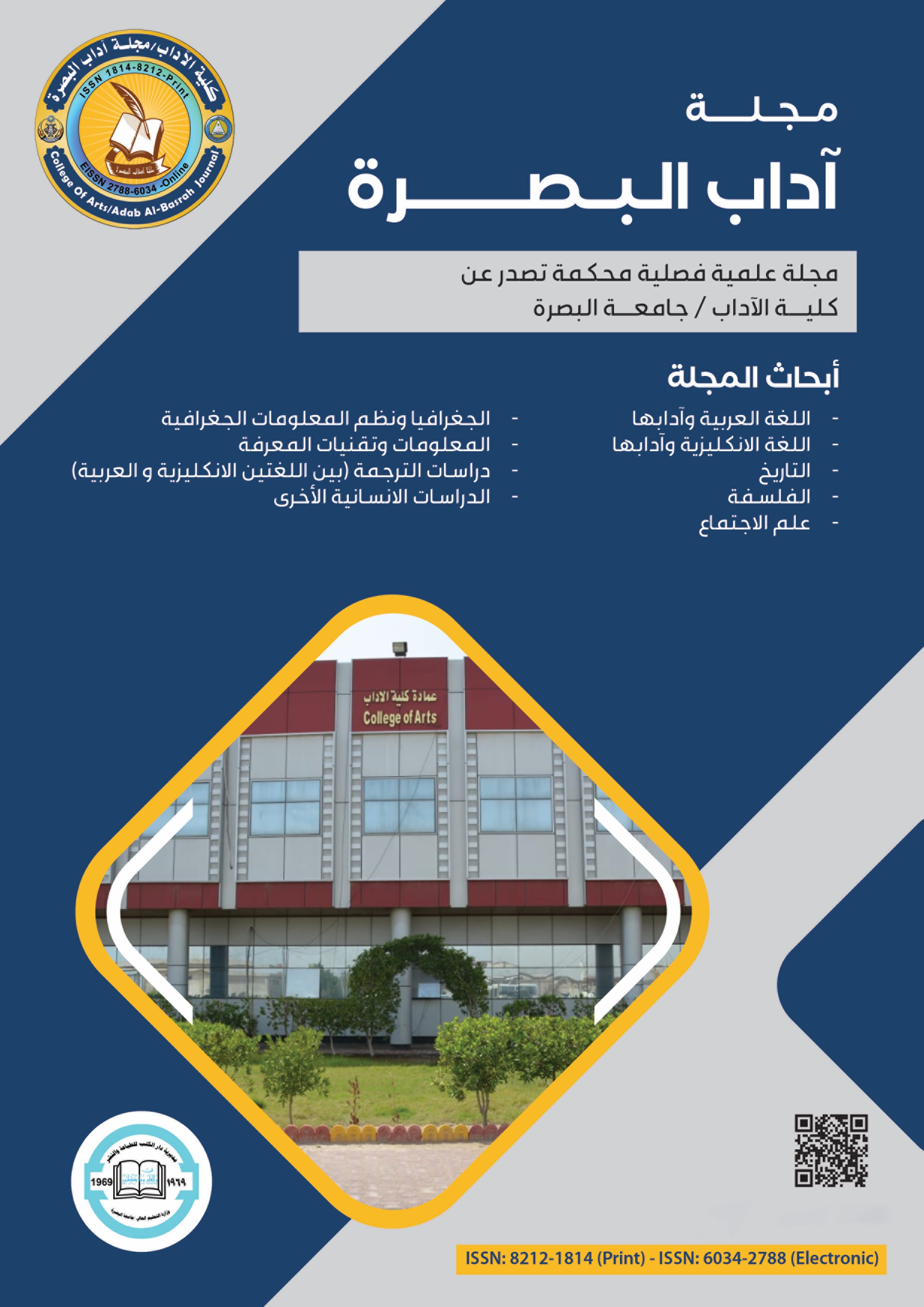Abstract
Post-edit is defined as the way of correcting machine translation (MT) output. The massive use of (MT) systems in the modern world, specifically neural machine translation (NMT) makes post-edit as one of the main skills translators should have to involve in global markets. The present study investigates the improvement of the quality of the product of translation students to post-edited Google MT output. It focuses on the amounts of post-edit in correlation with types of errors produced by Google MT. Moreover, the study investigates the quality of the final products 44 translation students at University of Basrah in their final year are involved in the study. They receive pre-translated text by Google translate and are asked to post-edit. The results have shown that (21.2%) terminology errors and (48.8%) grammatical errors have not been corrected. A mixed-method approach is used to collect qualitative and quantitative data analyzed within the Dynamic Quality Framework (DQF) adapted by Translation Automation User Society (TAUS). TAUS error typology is used as a model to assess participants’ outputs and to be evaluated by a jury of professional instructors. The findings have shown that there is an improvement in quality due to the statistical analysis of the quantitative data which have shown a significant correlation between post-edit practice (PEP) and post-edit quality (PEQ) as p value = 0.003. The statistical results imply an improvement of post-edited output quality.
Keywords
DQF
error typology
GMT
Google machine translation
Key words: post-3editong
PE
TAUS
Abstract
يعد التحرير اللاحق للتّرجمة الآليّة على أنه طريقة لتحرير نتاج المترجم الآليّ (MT). نشأ التحرير اللاحق بعد الاستخدام الهائل لأنظمة الترجمة الآليّة في العالم الحديث ، وتحديداً الترجمة الآليّة العصبية (NMT) والتي وضعت مهارة التحرير كأحد المهارات الرئيسية التي يجب على المترجمين امتلاكها كبطاقة دخول في سوق الاعمال الخاص بالترجمة. تبحث الدراسة الحالية في مدى تحسن جودة الترجمة باستخدام التحرير اللاحق لترجمة غوغل الآليّة (Google MT ) عن طريق حساب كمية ونوع الأخطاء التي ينتجها نظام الترجمة الآليّة غوغل (Google MT) ومقدار التحرير اللاحق لهذا الكم والنوع من الأخطاء حيث أظهرت النتائج (٢,٢١%) أخطاء اصطلاحية و (٨,٤٨%) أخطاء نحوية لم يتم تحريرها. شارك أربعة وأربعون طالب ترجمة في هذه الدراسة حيث تم ارسال نصًا مترجمًا الآليّاً باستخدام مترجم غوغل (Google) وتوجيهات لتحرير النص وفق معايير التحرير اللاحق للترجمة الآليّة. اتبعت الدراسة منهجية البحث المختلط لجمع البيانات وتحليلها نوعياً وكمياً ضمن إطار الجودة الديناميكي (DQF) الخاص بجمعية مستخدمي الترجمة الالية ((TAUS استخدم التحليل النوعي لنتاج المشاركين المُحرر تصنيف أخطاء (TAUS) كنموذج للتقييم قبل هيئة التقييم. اما التحليل الكمي باستخدام التحليل الاحصائي للبيانات الكمية يظهر أن هناك تحسنًا في جودة الترجمة التي تم تحريرها ((PEQ وارتباطها بشكل ملحوظ مع ممارسة المشاركين لعملية التحرير اللاحق للترجمة الآليّة (PEP) بمقدار٣ ٠ ٠, ٠ p.value =.
Keywords
الكلمات المفتاحية: العريية العراقية، لهجة ﮜﻠﺖ، البصرية، التسوية اللغوية، صفات فونولوجية، صفات مورفولوجية
